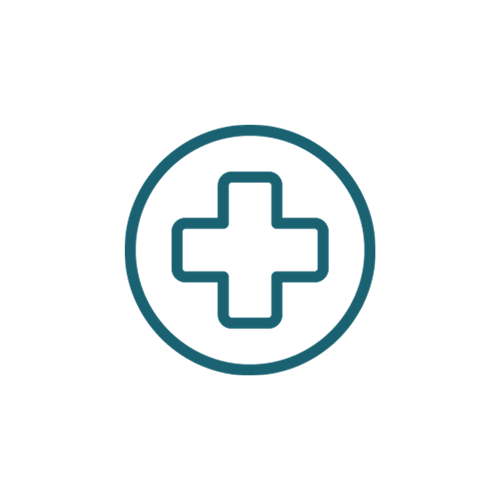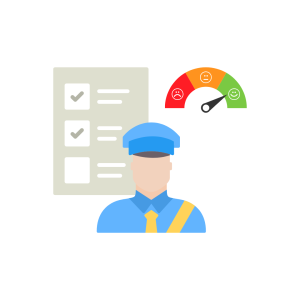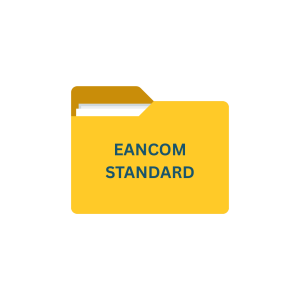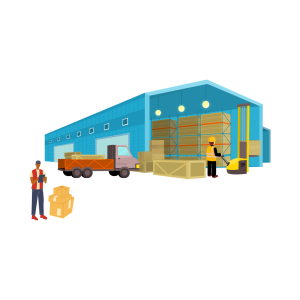Introduction
The healthcare industry is rapidly evolving, and effective communication is essential to ensure patient care, regulatory compliance, and operational efficiency. The healthcare B2B solutions can help with data communication that acts as a backbone for interactions between healthcare providers, insurers, pharmaceutical companies, and suppliers. Advanced healthcare b2b solutions like Electronic Data Interchange (EDI), Value-Added Networks (VANs), and Global Data Synchronization Networks (GDSN) have revolutionized how healthcare organizations share information, making processes faster, more secure, and less error-prone.
Key Takeaways
- Healthcare B2B solutions streamline communication and data exchange between healthcare providers, suppliers, and payers.
- These solutions ensure compliance with industry regulations while safeguarding sensitive information.
- They automate processes like claims management, order fulfillment, and invoicing, reducing errors and improving efficiency.
- Real-time data sharing enables better decision-making and enhances patient care.
- Adopting B2B solutions helps healthcare organizations optimize supply chain operations and control costs.
Early B2B Communication Methods in Healthcare
Before digitization, healthcare providers relied on manual processes for B2B communication, including:
- Paper-based documentation: Purchase orders, invoices, and insurance claims were often mailed or faxed.
- Phone calls: Critical communications often rely on phone calls, prone to miscommunication.
- Email exchanges: Although faster than mail, emails lacked structure and standardization, leading to errors and delays.
Limitations of Early Methods
- High risk of errors due to manual entry.
- Slow communication speed.
- Difficulty in tracking and auditing.
- Increased costs for labor and material.
The lack of an automated, standardized communication method posed significant challenges for healthcare providers, particularly as the industry grew more complex and regulated.
Problems Faced by Healthcare Providers Without Healthcare B2B Solutions
- Operational Inefficiencies:
Manual data entry and disconnected systems caused delays in procurement, claims processing, and patient care coordination. - Data Errors:
Miscommunication due to human error led to incorrect patient records, inventory shortages, and billing disputes. - Compliance Risks:
Failing to meet regulatory standards like data privacy and security could result in hefty penalties. - High Costs:
Labor-intensive processes increased operational expenses and resource wastage. - Supply Chain Disruptions:
Inconsistent communication with suppliers led to medication and equipment shortages, directly impacting patient outcomes.
Importance of B2B Communication Within Healthcare
Efficient B2B communication is vital to maintaining a seamless flow of operations in the healthcare industry. Here’s why:
- Enhanced Patient Care: Timely communication ensures the availability of medical supplies and accurate patient records.
- Cost Savings: Automation reduces administrative costs and resource wastage.
- Regulatory Compliance: Standardized data exchange ensures adherence to laws.
- Improved Collaboration: Better communication fosters stronger relationships among healthcare providers, insurers, and suppliers.
How B2B Healthcare Solutions Like EDI, VAN, and GDSN Became Game-Changers for Healthcare Providers
Electronic Data Interchange (EDI)
EDI enables healthcare providers to exchange standardized electronic documents such as purchase orders, invoices, and patient records with their suppliers, insurance providers, and other stakeholders. It eliminates manual data entry, reduces errors, and accelerates transaction processing.
Common EDI Transactions in Healthcare
- 837 – Healthcare Claim: Used for submitting patient insurance claims.
- 835 – Payment Advice: Provides details about payments and adjustments.
- 850 – Purchase Order: Facilitates the procurement of medical supplies.
- 855 – Purchase Order Acknowledgment: Confirms receipt of a purchase order.
- 810 – Invoice: Automates billing processes.
- 856 – Advance Ship Notice: Notifies the recipient about a shipment.
- 999 – Acknowledgment: Confirm receipt of EDI documents.
Example:
A hospital orders medical supplies (e.g., syringes, gloves, and PPE) using an EDI 850 transaction. The supplier responds with an EDI 855 to confirm the order and later sends an EDI 810 invoice upon shipment. These automated transactions save time and ensure accurate record-keeping.
Benefits for Hospitals and Clinics
- Faster claims processing with payers.
- Reduced administrative costs.
- Improved inventory management for medical supplies.
Benefits for Pharmacies
- Streamlined communication with drug manufacturers and wholesalers.
- Better tracking of prescription drug orders.
- Accurate billing and insurance claims.
Need Help? Download: EDI Buyers Guide
Unlock the full potential of your supply chain with our comprehensive EDI Buyer's Guide — your first step towards seamless, efficient, and error-free transactions
Value Added Networks (VANs)
A Value-Added Network (VAN) acts as a secure intermediary that facilitates the exchange of EDI documents between trading partners. It provides data security, routing, and tracking features, ensuring compliance with healthcare regulations.
Key Uses of VAN
- Secure transmission of sensitive data like patient records or prescription information.
- Ensuring compliance with regulatory standards.
- Centralized communication with multiple trading partners.
Example:
A pharmacy sends an insurance claim (EDI 837) to a payer through a VAN. The VAN ensures the claim is routed securely and acknowledges receipt by the payer. If there are errors, the VAN notifies the pharmacy for corrections before resubmission.
Benefits
- Enhanced data security and privacy.
- Reliable document delivery and tracking.
- Simplified onboarding of new trading partners.
Download: VAN Buyers Guide
Maximize your business efficiency with the right VAN provider! Grab your free VAN Buyer's Guide and discover the key features and services that will elevate your EDI transactions to the next level.
Make an informed decision today!
Global Data Synchronization Network (GDSN)
The Global Data Synchronization Network (GDSN) allows healthcare providers and suppliers to share and synchronize product data in real-time. It ensures that everyone in the supply chain uses the same accurate and up-to-date product information.
Key Uses of GDSN
- Standardized product data for medical devices, pharmaceuticals, and consumables.
- Real-time updates on product changes, recalls, or availability.
- Compliance with global data standards like GS1.
Example:
A clinic needs to stock a specific medication. Using GDSN, the clinic accesses the manufacturer’s synchronized product catalog, which includes details like the drug’s GTIN, batch number, expiration date, and dosage. This ensures accurate ordering and compliance with regulations.
Benefits
- Improved patient safety through accurate product data.
- Faster recall management for defective or unsafe products.
- Reduced supply chain inefficiencies.
Download: GDSN Buyers Guide
Empower your business with global data synchronization; download our GDSN Buyer's Guide today and take the first step towards streamlined, accurate, and compliant product data management.
Benefits of Using EDI, VAN, and GDSN Within the Healthcare Ecosystem
- Enhanced Efficiency:
Automating processes reduces manual intervention, saving time and effort.
- Improved Accuracy:
EDI and GDSN eliminate data discrepancies, ensuring consistent and reliable information.
- Faster Communication:
With EDI VANs, documents are transmitted in real-time, reducing delays.
- Compliance with Standards:
These technologies support regulatory standards, mitigating compliance risks.
- Cost Reduction:
Lower administrative overhead and error-related costs significantly improve profitability.
- Better Supply Chain Management:
Accurate, real-time data exchange enhances inventory management and supply chain coordination.
Conclusion
Efficient B2B communication is a cornerstone of modern healthcare. By adopting technologies like EDI, VAN, and GDSN, healthcare providers can overcome the challenges of manual processes, enhance operational efficiency, and deliver superior patient care. These tools not only streamline communication but also enable compliance, cost savings, and scalability.
For healthcare providers looking to revolutionize their B2B communication, adopting these solutions is no longer optional but essential for long-term success.
Commport B2B Solutions For Healthcare
Frequently Asked Questions
EDI in healthcare automates the exchange of standardized business documents, like claims and invoices, improving speed, accuracy, and compliance.
Absolutely! EDI, VAN, and GDSN solutions are scalable and suitable for businesses of all sizes.
They provide real-time data exchange, ensuring accurate inventory levels and timely procurement of essential supplies.
Commport Communications offers secure, scalable, and compliant EDI solutions tailored to the unique needs of the healthcare industry.
EDI automates billing, procurement, and claims processes, reducing errors, costs, and administrative burdens.





